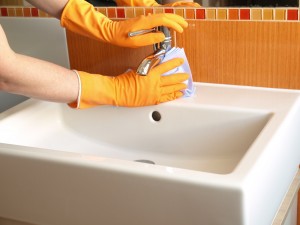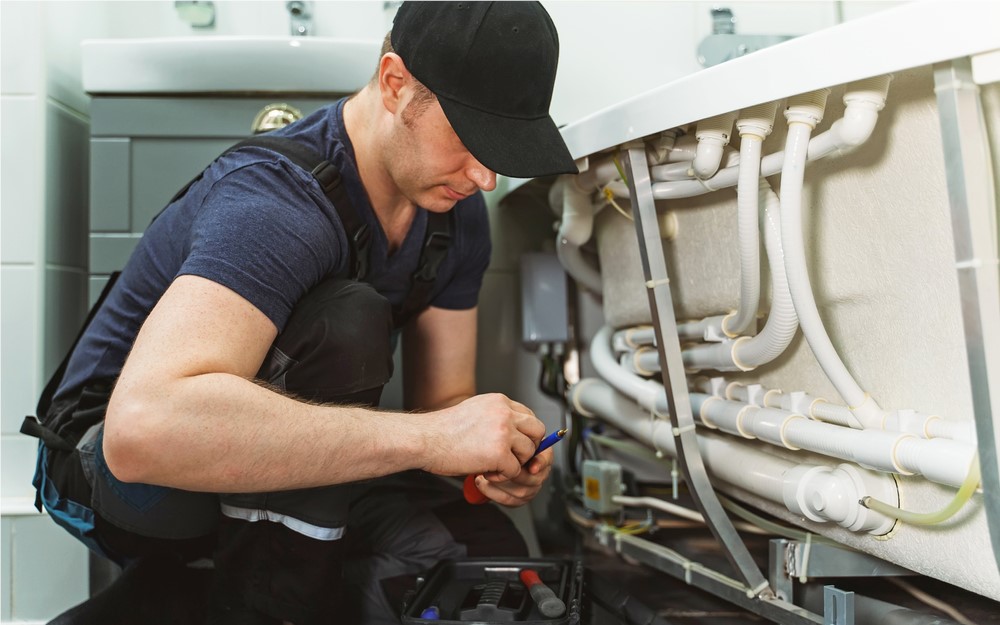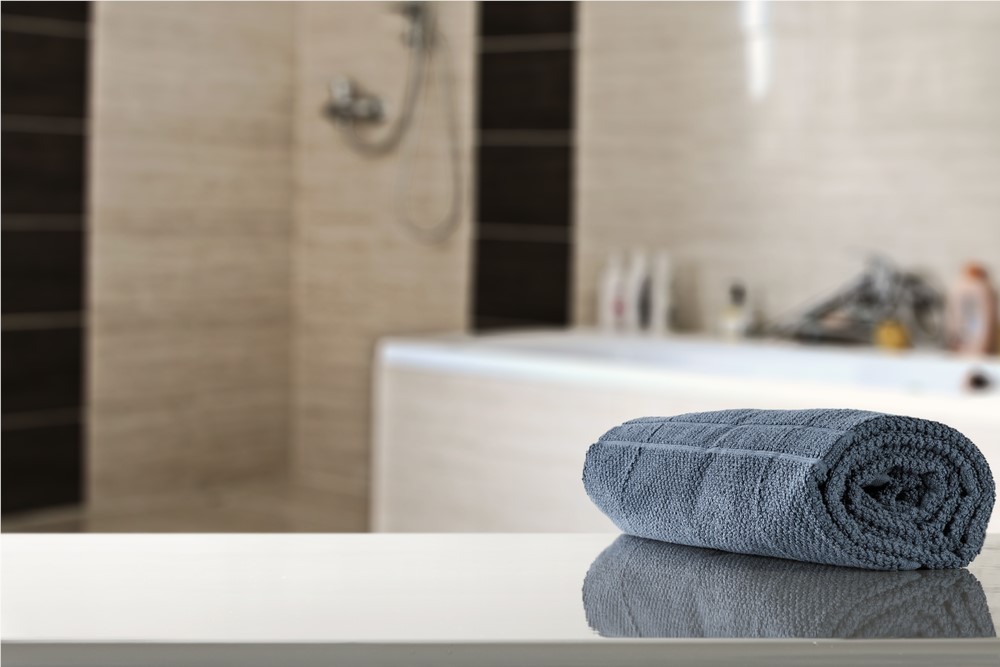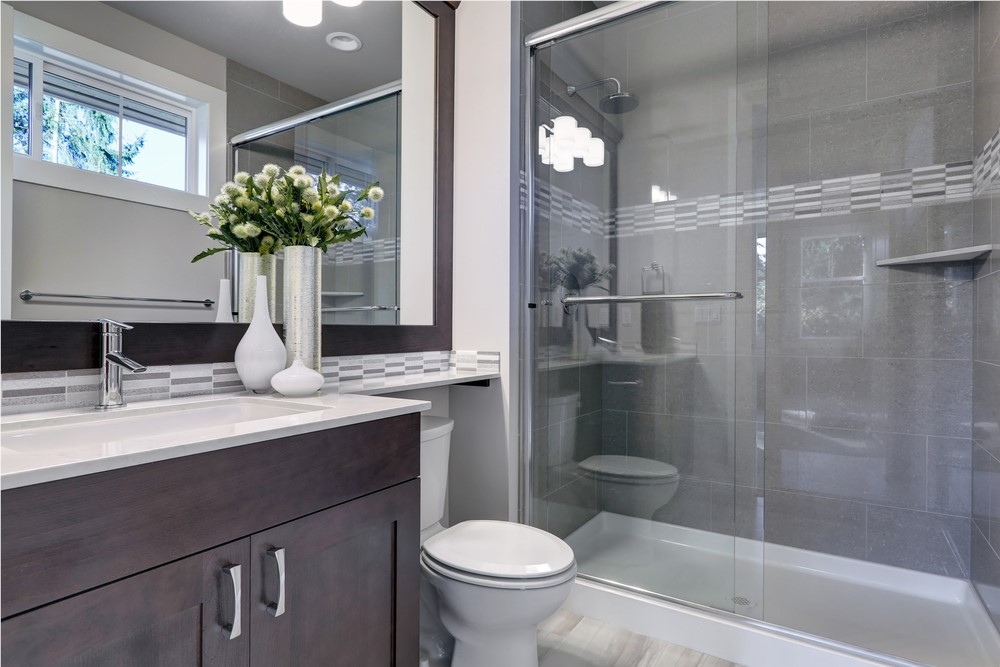 Household cleaning products are all pretty much the same, aren’t they? They are designed to do one thing for your home: clean things. It seems like a relatively simple concept, doesn’t it? Unfortunately, most American households don’t have an accurate understanding of what cleaning products do. In this case, specifically, the differences between cleaners and disinfectants will be highlighted. So what are the differences between cleaners and disinfectants? Does it really make that much difference when you are cleaning something in your house? Well, in fact, yes. The differences are are starker than you might think. Here we will cover what those differences are, and where you should be using each item to achieve the safest, cleanest, and healthiest household possible. Cleaners Cleaners are designed to lift off any dirt from a surface, and to make them appear shiny and smell nice. In other words, cleaners make things clean. If you expect it to kill the harmful bacteria that is also on the surface, however, then you are in for a surprise. Cleaners do not disinfect (or kill the bacteria), but nor do disinfectants kill all bacteria that might be found on certain surfaces. Cleaners are best used for things like cleaning up spills or things that look or feel dirty but are not necessarily harmful bacteria. If you use a disinfectant for spilled juice, for instance, you aren’t going to have very impressive results; this is the cleaner’s job. Disinfectants Disinfectants are considered the “big guns” of household cleaning products. They are the ones that kill off harmful bacteria -- when used properly, that is. One of the myths about disinfectants is that they use simply via contact; in reality, they need to be used properly to have the desired effect. When used correctly, they are the perfect item for places like the bathroom, kitchen, or points of contact because they might have those harmful germs that the cleaning industry has convinced us all to fear so much. Keep in mind. However that disinfectants should not be used for more than those kitchen, the bathroom, and points of contact in your house. Any more than that is rather excessive. Additionally, it’s not quite as simple as spray and wipe. To properly disinfect a surface, you need to actually let it sit there for between 5 and 10 minutes without wiping it dry. It should remain wet on the surface for the chemical to work properly. The particulars should be listed on the bottle’s label. So how do I clean and disinfect? The best way to both clean and disinfect something in your house is to begin by cleaning it, which removes the dirt and makes it look nice. Then finish with a disinfectant straight afterwards to make sure that the harmful bacteria and germs are no longer present. It’s as simple as that! Keep in mind that you don’t always need to both clean and disinfect. Assess the problem (whether it’s a one-time spill or a weekly cleaning of your bathroom, for instance) and see whether you actually need to use both.
Household cleaning products are all pretty much the same, aren’t they? They are designed to do one thing for your home: clean things. It seems like a relatively simple concept, doesn’t it? Unfortunately, most American households don’t have an accurate understanding of what cleaning products do. In this case, specifically, the differences between cleaners and disinfectants will be highlighted. So what are the differences between cleaners and disinfectants? Does it really make that much difference when you are cleaning something in your house? Well, in fact, yes. The differences are are starker than you might think. Here we will cover what those differences are, and where you should be using each item to achieve the safest, cleanest, and healthiest household possible. Cleaners Cleaners are designed to lift off any dirt from a surface, and to make them appear shiny and smell nice. In other words, cleaners make things clean. If you expect it to kill the harmful bacteria that is also on the surface, however, then you are in for a surprise. Cleaners do not disinfect (or kill the bacteria), but nor do disinfectants kill all bacteria that might be found on certain surfaces. Cleaners are best used for things like cleaning up spills or things that look or feel dirty but are not necessarily harmful bacteria. If you use a disinfectant for spilled juice, for instance, you aren’t going to have very impressive results; this is the cleaner’s job. Disinfectants Disinfectants are considered the “big guns” of household cleaning products. They are the ones that kill off harmful bacteria -- when used properly, that is. One of the myths about disinfectants is that they use simply via contact; in reality, they need to be used properly to have the desired effect. When used correctly, they are the perfect item for places like the bathroom, kitchen, or points of contact because they might have those harmful germs that the cleaning industry has convinced us all to fear so much. Keep in mind. However that disinfectants should not be used for more than those kitchen, the bathroom, and points of contact in your house. Any more than that is rather excessive. Additionally, it’s not quite as simple as spray and wipe. To properly disinfect a surface, you need to actually let it sit there for between 5 and 10 minutes without wiping it dry. It should remain wet on the surface for the chemical to work properly. The particulars should be listed on the bottle’s label. So how do I clean and disinfect? The best way to both clean and disinfect something in your house is to begin by cleaning it, which removes the dirt and makes it look nice. Then finish with a disinfectant straight afterwards to make sure that the harmful bacteria and germs are no longer present. It’s as simple as that! Keep in mind that you don’t always need to both clean and disinfect. Assess the problem (whether it’s a one-time spill or a weekly cleaning of your bathroom, for instance) and see whether you actually need to use both.
Subscribe to Genie Bath Systems's Blog







Comments